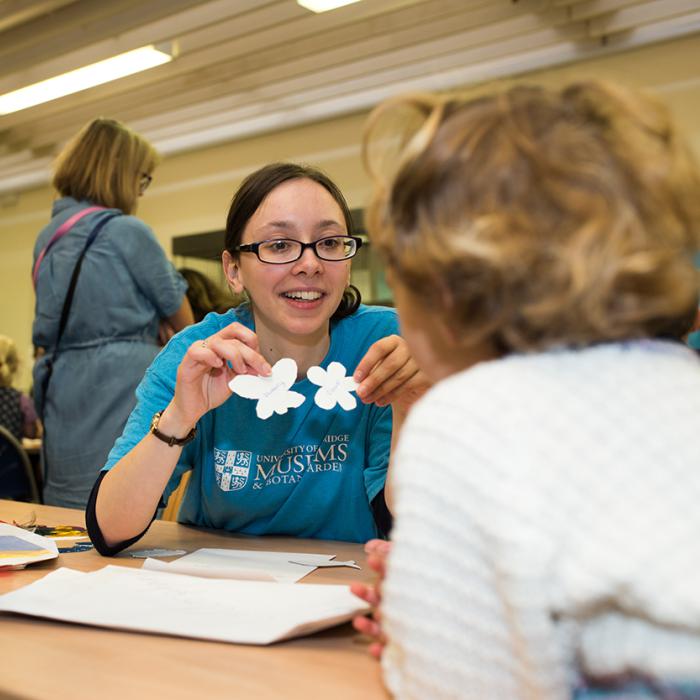Hot magma beneath a volcano always wants to move up towards the surface. This is because it is a hot liquid and is less dense that the surrounding rock and so rises upwards. But as a magma rises it cools and eventually turns into solid rock...
In this experiment you will see what happens when melted wax moves through layers of sand and water, just like magma moves through layers of rock to reach the Earth's surface.
Download the instructions and information sheet
When there is an explosive volcanic eruption a large amount of material is thrown up into the air in an eruptive plume or column, made up of tiny rock fragments and very hot gases. The material is initially thrown upwards by the force if the explosion, but it keeps rising and stays airborne for a long time... so what stops it falling down?
In this experiment you can create your own eruptive column in a fish tank and find out what it is that makes it rise.
When molten rock (magma) is underground it often has lots of gases dissolved in it, just like liquid coke is full of dissolved carbon dioxide gas. As magma rises closer to the surface the gas starts to escape (exsolves) from the magma, but what happens then?
In this experiment you can use coke to represent magma under a volcano and see what happens when all the dissolved gas is released!
Download the instructions and information sheet
To make your zine you will need:
- a sheet of paper
- coloured pencils or pens
- coloured paper
- some glue
- fossils, rocks, pebbles for inspiration
Download the zine folding instructions and watch the video below
How does burning fossil fuels threaten Antarctic marine life?
This experiment demonstrates the link between increasing carbon dioxide levels and ocean acidification and freshening oceans. Freshwater and more acidic water in the oceans make life harder for Antarctica’s marine animals.
The experiment and video were made by Nick Barrett. Nick is a PhD student at the University of Cambridge Earth Science Department and The British Antarctic Survey investigating the resistance of Antarctic marine species to predicted freshening and lower salinity in the Southern Ocean.
Volcanoes form when hot molten rock (magma) under the ground erupts at the surface, but what causes the molten rock to erupt? Eruptions are often driven by gases escaping…
In this experiment you can start a chemical reaction that creates a gas, and see how the gas escaping drives an eruption.
This experiment and video was devised by the Volcano Seismology group in the Earth Science Department, University of Cambridge.
There are many different types of volcanoes. Shield volcanoes have a broad rounded shape and gentle splattery eruptions often described as fire fountains. Strato volcanoes are sharp and steep sided and have violent explosive eruptions. But what makes these two types of volcano look and erupt so differently? It is mainly controlled by how think (viscous) or runny the magma in the volcano is...
In this experiment you can use 3 different thickness (viscosity) liquids to see what differences runny or thick magma can cause in volcanoes.
Join artist Kaitlin Ferguson as she looks at a globe with animals on it, from the Whipple Museum. Learn how to make your own globe at home and imagine what animal you would be.
Find a new use for used plastic bottles, scrap paper and paperclips.
Watch this film to find out how to create a sculpture of an animal using materials from inside your home.
The Whipple Museum has a large collection of globes from different times and places. Some of them are of the Earth, like this one which you can colour in - what countries can you see on it? Other globes in the collection are of the moon, different planets or the night sky with all the stars.

